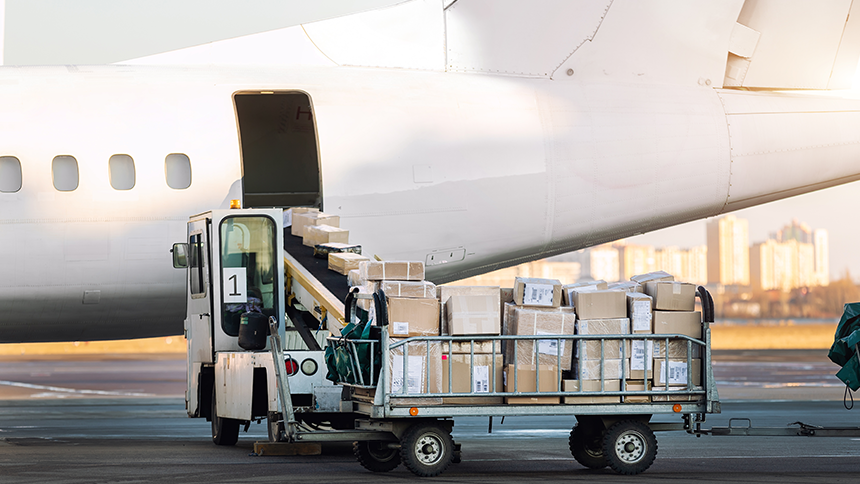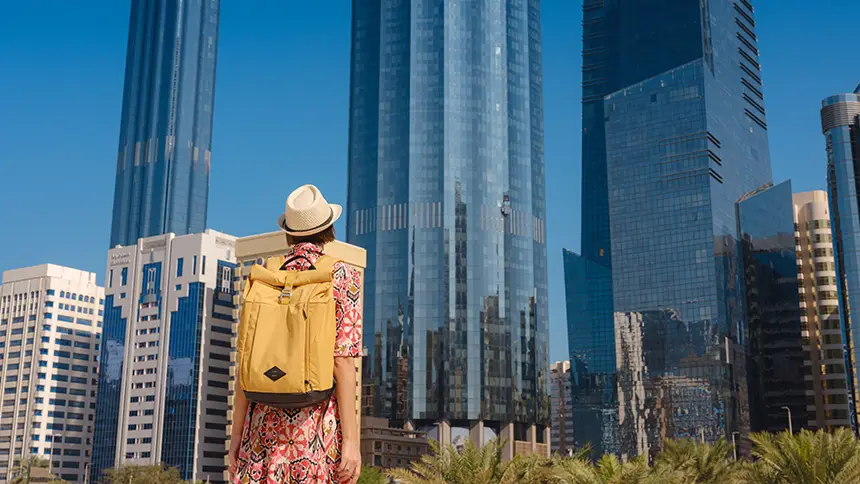Dubai, a city that rose from the desert, faces one of the biggest challenges of its geography, water scarcity. With little rainfall, no permanent rivers, and a hot climate, ensuring enough water for millions of residents and visitors is no easy task. Yet, through innovation, planning, and technology, the city is finding ways to overcome this challenge and secure its future.
Why Water Scarcity is a Major Challenge
Desert Climate
Dubai is located in one of the driest regions on Earth, receiving less than 100 mm of rainfall per year. This amount is extremely low compared to global averages, making natural water replenishment almost impossible.
High Temperatures
Summers in Dubai are extremely hot, with temperatures often crossing 45°C. Such intense heat increases the demand. At the same time, high heat also increases evaporation rates.
Population Growth
In just a few decades, Dubai grew from a small fishing and trading village into a bustling global city with a population of over 3.6 million. More people means more daily consumption. This sharp increase in population puts constant pressure on water resources.
Tourism and Lifestyle
Dubai is world-famous for its luxury lifestyle and thriving tourism industry, welcoming millions of visitors each year. Hotels, shopping malls, parks, golf courses, and attractions like the Palm Jumeirah all depend on large supplies to maintain their facilities and ensure guest comfort.
No Natural Sources
Dubai has no rivers, lakes, or permanent freshwater sources. Its underground aquifers are limited. This means the city must depend on artificial solutions.
How Dubai is Fighting Scarcity
Desalination
One of the key ways Dubai manages to grow in the desert is through desalination, which means turning seawater into fresh drinking supply. Since the city is surrounded by the Arabian Gulf, there is plenty of seawater available, but it cannot be used directly. Desalination plants use advanced methods like multi-stage flash distillation and reverse osmosis to remove salt and impurities, making them safe for everyday needs. Today, almost 99% of Dubai’s drinking supply comes from this process, ensuring enough for residents, businesses, and tourists.
To meet rising demand in a sustainable way, Dubai is building new-generation desalination plants that are more efficient and eco-friendly. The government has also set a bold goal: by 2030, all desalination will run on clean energy, reducing environmental impact while securing the city’s future needs.
Examples of Desalination Plants and Government Initiatives
- Jebel Ali Desalination Plant – One of the largest desalination facilities in the world.
- Jebel Ali M-Station (DEWA) – A combined water and power plant.
- Hassyan Seawater Desalination Project – A new solar-powered desalination plant launched by DEWA to cut carbon emissions.
- Dubai Water Strategy 2030 – Aims to reduce demand, increase efficiency, and shift desalination to clean energy.
Recycling and Reuse
Instead of discarding used water, the city treats it in advanced sewage treatment plants and redirects it for purposes that do not require drinking quality. Once treated, it is safe for irrigation, landscaping, agriculture, and district cooling systems. By doing so, Dubai preserves valuable desalinated supplies for essential needs.
This system has transformed the city’s ability to remain green despite its harsh desert climate. Many public parks, residential communities, and even major attractions rely almost entirely on recycled water. Large-scale cooling systems in skyscrapers and shopping malls also use this instead of fresh supplies, cutting down demand significantly. In this way, Dubai turns wastewater into a valuable resource, ensuring that every drop counts.
Examples of Recycling and Reuse Initiatives
- Al Warsan Sewage Treatment Plant (Dubai Municipality) – Treats millions of liters of wastewater daily and reuses it for irrigation across the city.
- Jebel Ali Sewage Treatment Plant – Another major facility that processes wastewater for landscaping and agriculture.
- Dubai Miracle Garden – The world’s largest flower garden, sustained almost entirely by treated wastewater.
Government Programs and Smart Technology
To secure its long-term supply, Dubai has adopted a balanced approach that combines government policies with modern technology. The city’s strategy is not only about producing more, but also about using existing resources more efficiently. The city ensures that water management becomes a shared responsibility among the government, residents, and businesses. One of the major innovations is the use of smart meters by DEWA (Dubai Electricity and Water Authority), which allows households and companies to track their consumption in real time. These devices also detect leaks instantly. At the same time, awareness campaigns such as “Every Drop Matters” aim to change public habits by teaching communities simple but effective practices. On a larger scale, Dubai has implemented the Integrated Water Resource Management Strategy 2030, which focuses on reducing demand, improving efficiency, and ensuring sustainability. The UAE also uses cloud seeding as a supplementary measure to enhance rainfall.
Future Plans and Innovations
Dubai recognizes that as its population and economy continue to grow, challenges will only intensify. To ensure long-term sustainability, the city is investing in forward-looking projects and innovative technologies that reduce reliance on traditional desalination, cut environmental costs, and guarantee a stable supply for future generations. A key focus is the shift toward solar-powered desalination plants. Since desalination is highly energy-intensive, powering it with solar energy not only lowers costs but also reduces carbon emissions. Another important step is the development of deep aquifer recharge systems, which store surplus supplies underground as emergency reserves, creating a natural “water bank” for the future. Dubai is advancing Hydro Hub projects and research centers dedicated to testing new filtration systems, energy-efficient desalination, and innovative conservation technologies. By combining renewable energy, advanced research, and smart policies, the city is positioning itself as a global leader in sustainable resource management.
Examples of Future Plans and Innovations
- Hassyan Seawater Desalination Project – A solar-powered desalination facility designed to cut emissions and reduce energy use.
- Dubai Water Strategy 2036 – Long-term government plan to reduce demand by 30%.
- Expansion of Renewable Energy in Water Production – Integrating solar power and other clean energy sources into the projects.
What People Can Do
Use water-saving devices
Installing efficient taps, showerheads, and modern appliances such as washing machines and dishwashers can significantly cut usage.
Avoid wastage in daily routines
Simple actions like turning off taps while brushing teeth, fixing leaks immediately etcetera can save hundreds of liters each month. Being mindful during cleaning and cooking also makes a big difference.
Choose drought-resistant plants
Instead of maintaining lawns or gardens, residents can plant native or desert-friendly species.
Support recycling efforts
Encouraging and making use of treated wastewater for purposes like irrigation, landscaping, or cooling systems reduces the demand for fresh drinking water.
Join awareness programs
Participating in campaigns such as “Every Drop Matters” spreads knowledge about conservation. By involving children, families, and communities, these programs ensure water-saving habits.
Conclusion
Dubai’s fight against water scarcity is a story of determination and innovation. Through massive desalination plants, advanced recycling, smart technology, and long-term planning, the city has transformed a natural weakness into a strength. The message is clear: even in a desert, life can thrive if this vital resource is valued, protected, and managed wisely. This is survival, and every drop counts.


